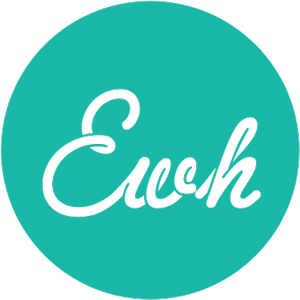
To Prologue or Not to Prologue?
Many middle grade and YA authors debate whether or not to include a prologue when beginning their manuscripts. Prologues are sections of story that precede the first chapter, similar to an introduction, but their sequencing in relationship to the following chapter(s) is not necessarily chronological. Often structured as a flash forward or flash back, a prologue can provide details that justify a character’s motives later on, or offer a quick glimpse at the central action, conflict or climax of the story that lies ahead. (This kind of prologue was used by Stephanie Meyers in Twilight.)
It’s important to know that prologues are not wildly popular with editors – they can feel like a cheat, something the author has chosen to use because he or she can’t figure out how else to incorporate that information, or because their beginning isn’t strong enough. They can also be viewed as a stalling tactic, a way to write your way in to the story, like a kind of literary ‘throat-clearing.’
Don’t decide definitively to include a prologue until your manuscript is complete… and even then, make sure you are including one for the right reasons. Below are some pros and cons of prologues that may help in choosing whether or not to create one for your story:
Prologue Pros
- Can provide details that will explain character motives later on
- May tempt readers to read on by allowing a glimpse of the excitement that lies ahead
- Provides a place for important backstory without slowing momentum once the story is underway
Prologue Cons
- Can be viewed as a stalling tactic or sign that you’re unsure how to begin
- May be overlooked or ignored by readers, who may then miss the key information it contains
(Interested in more information like this? Check out my home study courses in writing picture books, chapter books and middle grade novels and young adult fiction, at JustWriteChildrensBooks.com)
